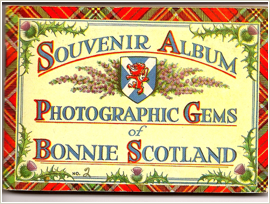Learning from records
You can really learn a lot from the entries on the various websites dealing with genealogy. For example, on one site dealing with burials (DeceasedOnline - which included burials in graveyards in Angus, Scotland) you can find out who was buried with whom - I came across several people who were presumably relatives of the deceased (though graves seem to have been reused after some sixty years or so) and in one instance I found a name that on further checking turned out to be an unknown (to me) twin brother who died after a few months and was buried in the grave together with his maternal grandparents. One reason he was not discovered is that his twin sister is at the bottom of one page in the birth register and he is at the top of the next page.
Besides providing details on illegitimacy, occupation, residence and the like, the BMD and census extracts also provide a glimpse of people’s education and abilities. Parents or informants were required to sign certificates and it is poignant to see that a mother, for instance, just made a mark (a cross) as her signature with the registrar noting that this was her mark. I came across a similar mark for another relative. Education became compulsory for children aged between 5 and 13 in 1872 in Scotland, but even then not all children could be full-time scholars and escape from the drudgery of working in the home or the fields.
And because the death extracts actually show what people died of, then that gives an insight into the medicine of the day. Many of the older people simply died of old age (even though they were not really old by today’s standards) - especially following some brief illness or inflammation, but a lot of children died young - of scarlet fever, for instance, when such afflictions would today be easily treated with antibiotics.
Monday, 2 November 2009

